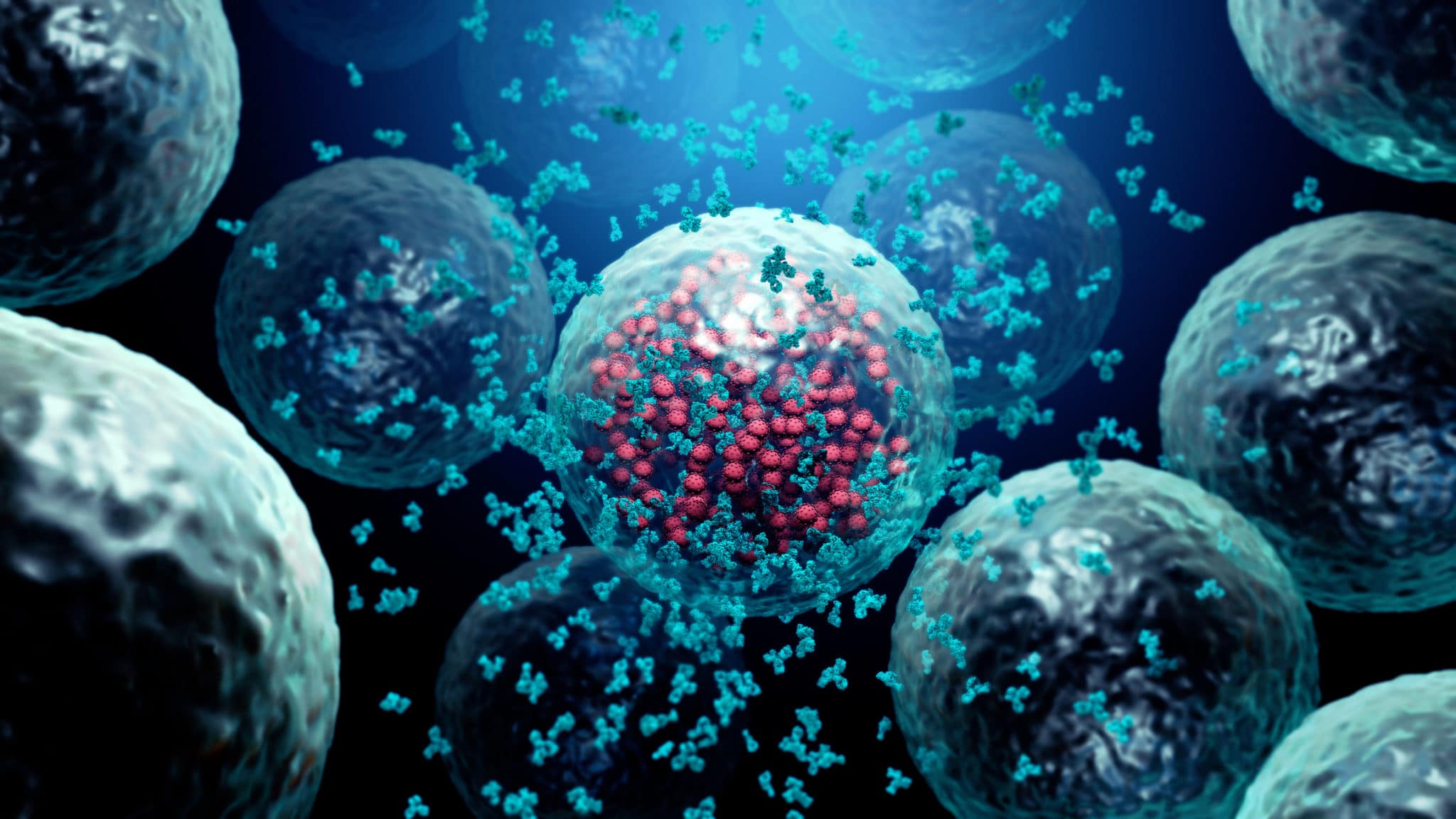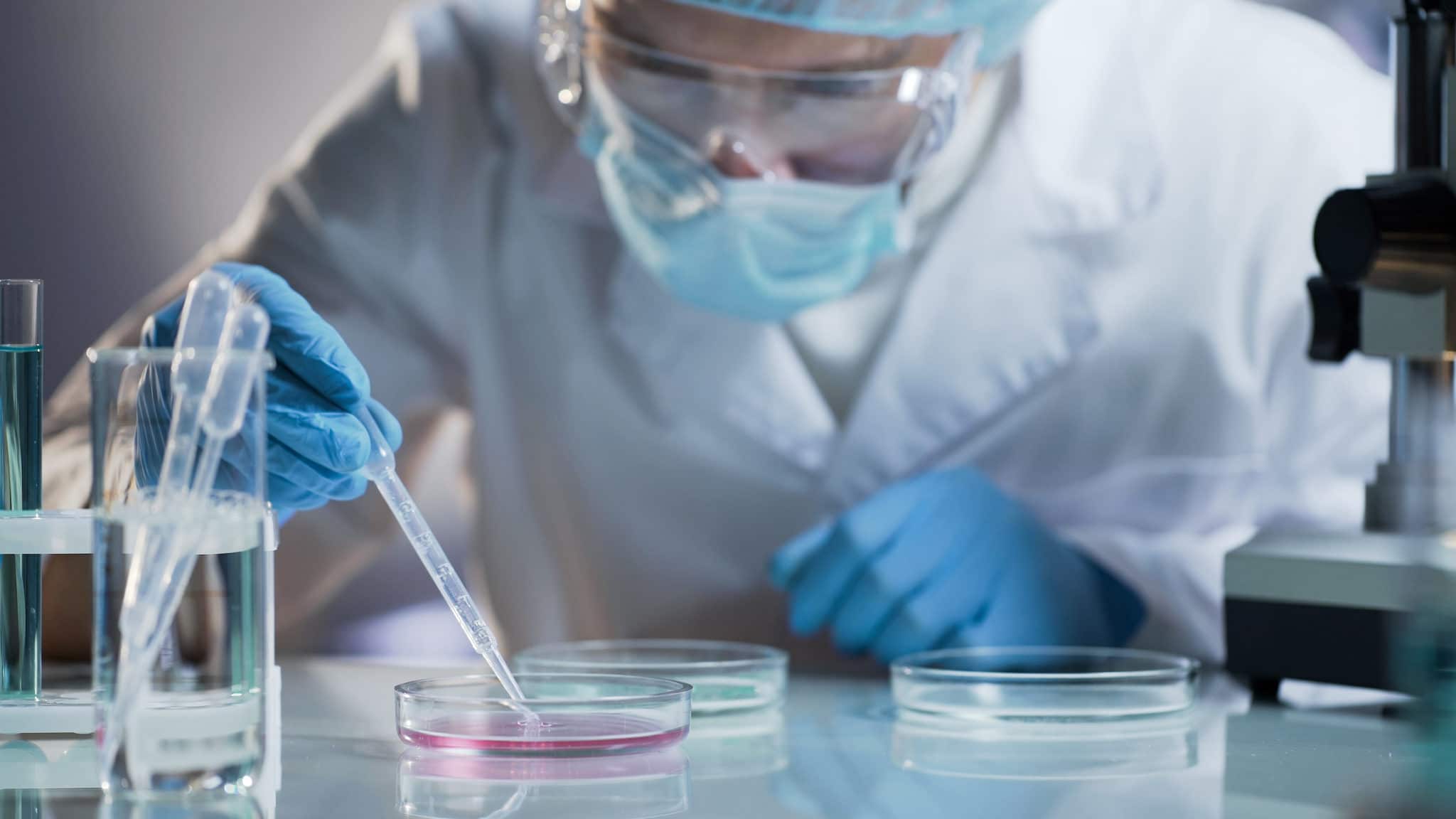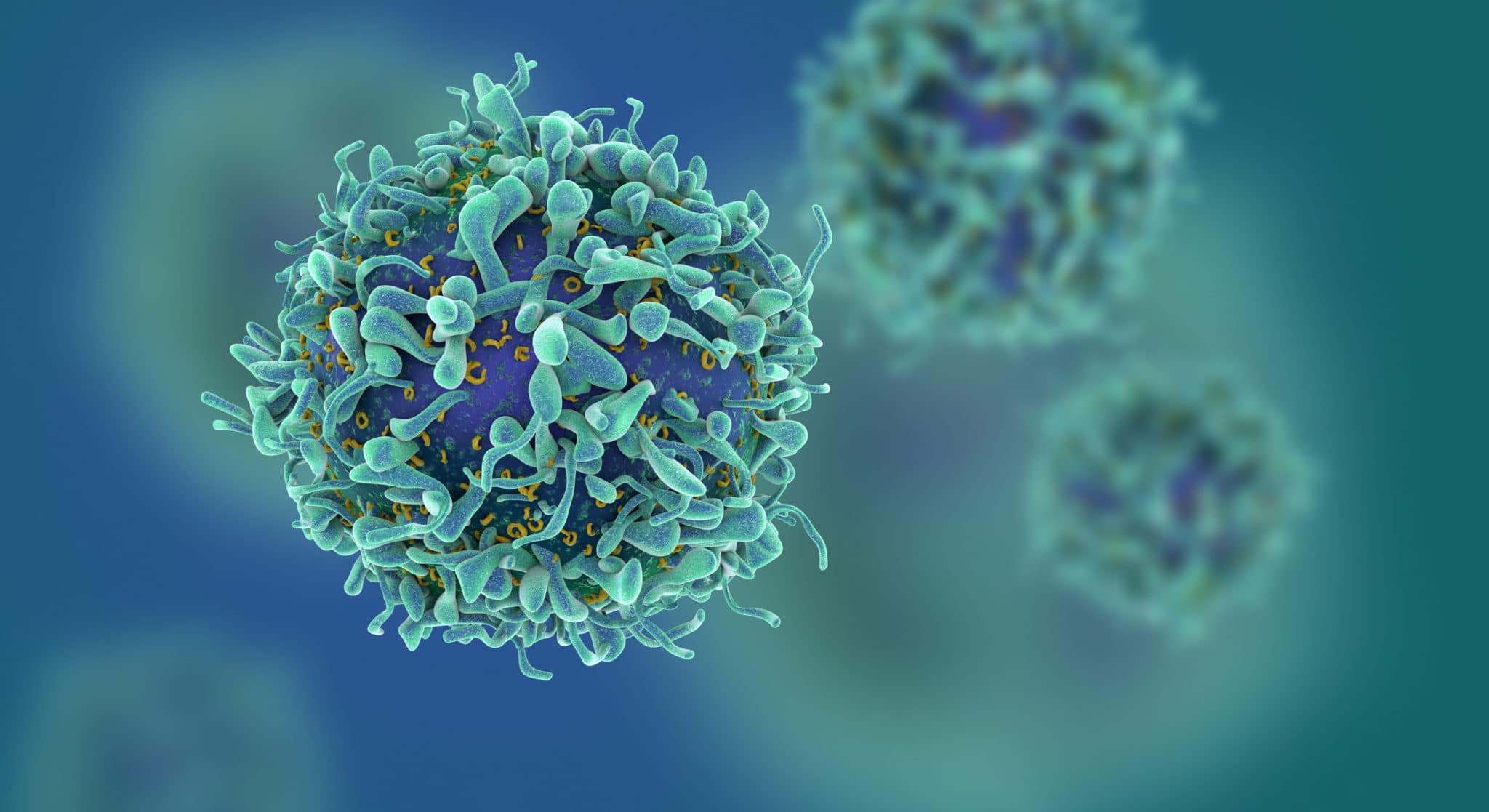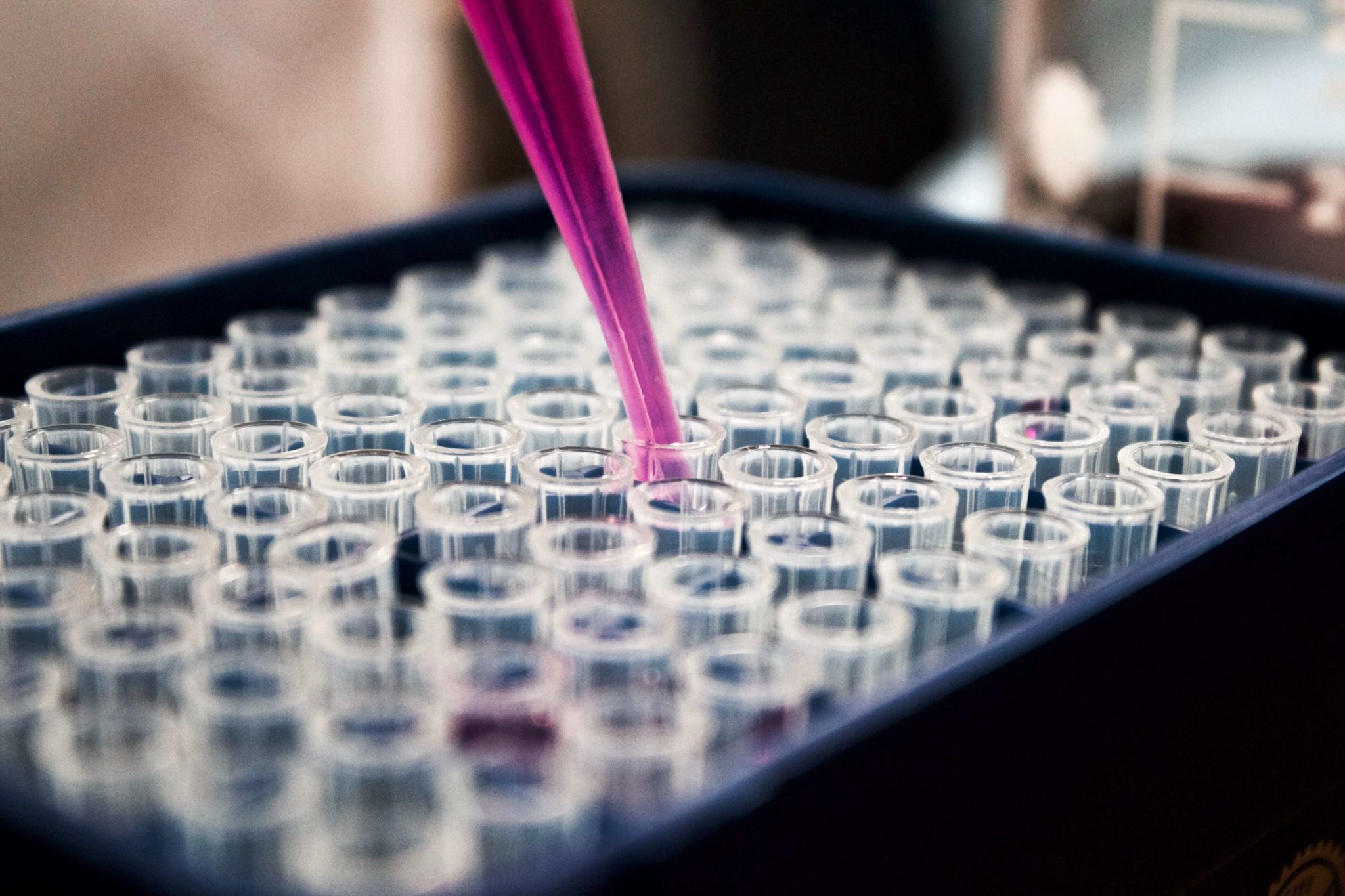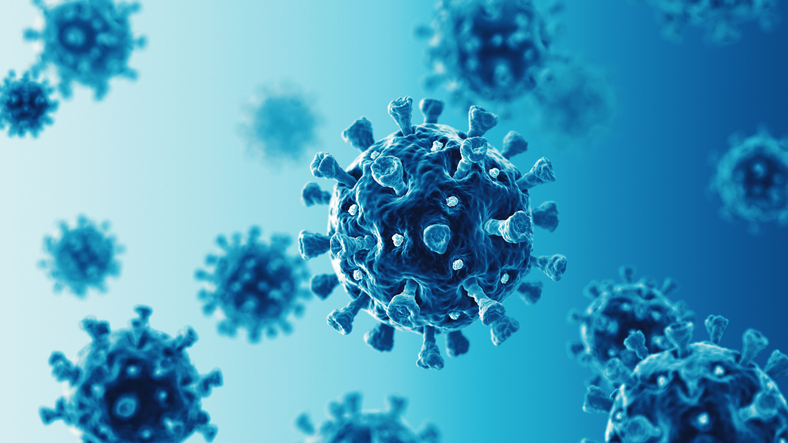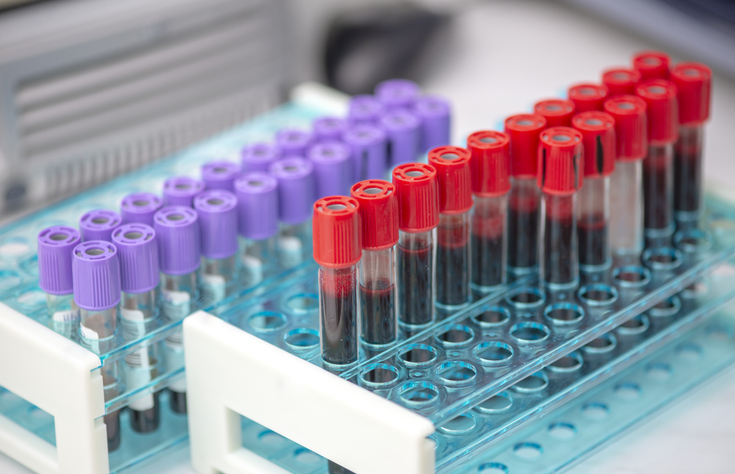Blog
Page 8
Function and Importance of CTCs
Updated on Aug 21, 2023 Share
Circulating Tumor Cells When a tumor is present in the human body, cells naturally eliminate in the beginning stages of formation and growth. These residual fragments in the bloodstream are called circulating tumor cells (CTCs). CTCs are highly valued in the medical research community because they can alert doctors to the presence of a tumor before imaging. By working backwards, scientists can use CTCs to identify the approximate size and …
FACS, MACS, and BACS™: What’s the Difference?
Updated on Feb 15, 2024 By Jason Ellis, PhD Share
In the fast-evolving world of biomedical research, the ability to accurately classify and analyze cells is pivotal. Cell isolation and sorting technologies provide essential tools for researchers in several prominent fields, including immunology, cancer research, and stem cell studies. Among the most prominent techniques are fluorescence-activated cell sorting (FACS), magnetic-activated cell sorting (MACS), and the emerging buoyancy-activated cell sorting (BACS™). Each of these methods has unique advantages and challenges, shaping …
Cytotoxic T Cells Role in the Immune System
Updated on Nov 29, 2023 Share
Cytotoxic T Cells A cytotoxic T cell (CD8+ T cell) is a type of T cell responsible for eliminating substances the immune system identifies as harmful. Cytotoxic T cells play a critical role in limiting infections and bacteria in the body. Functions of Cytotoxic T Cells Viruses and other bacteria attack by multiplying and spreading diseases as infected cells. Once a cell is infected, there is no way for antibodies …
Isolating Unique Cell Populations – Quickly, Gently, and Efficiently!
Updated on Sep 13, 2023 Share
Have you run into this problem before? You’re studying a rare or limited cell population. You prepare your sample and run fluorescence activated cell sorting (FACS™). It’s time consuming. The longer it takes, the more cell death happens. You’re having trouble collecting enough cells for downstream applications. You’re frustrated. You wish there were a better way. A magic wand, perhaps. You’re not alone. Sample preparation is critical to the success …
Immune Tolerance: What Is Immune Tolerance & Types of Immunological Tolerance
Updated on Nov 28, 2023 Share
Ah, the wonders of the human immune system. It is undeniably powerful, protecting the body from a wide range of pathogens. At the same time, it must also avoid harming the body through excessive inflammatory reactions to non-pathogenic materials. The immune system can recognize which molecules are produced by the body and which are not. It can then attack foreign invaders while avoiding self-produced antigens. When functioning properly, this process …
What are Naïve Cells? Naïve T Cell, Naïve B Cell, and How to Isolate Naïve Lymphocytes
Updated on Nov 29, 2023 Share
What Is a Naïve Cell? Lymphocytes are a type of white blood cell that carry out effector functions against foreign particles that could cause an infection. They play an integral role in human adaptive immunity due to their antigen-specificity. Before lymphocytes are activated by their unique antigen stimulus, they circulate the bloodstream as naïve lymphocytes with specialized receptors on the hunt for foreign pathogens. Divided into T and B cell …
Akadeum Is Joining the Fight Against COVID-19
Updated on Aug 21, 2023 Share
The coronavirus pandemic has highlighted a need for fast and accurate methods for identifying RNA viruses through nucleic acid capture and detection. Akadeum Life Sciences is up to the challenge. In a relatively short time, the coronavirus pandemic has spread across the globe. This novel virus was first noted in Wuhan, China in December 2019 and arrived in the United States in January 2020. The World Health Organization (WHO) called …
Performing Blood Cell Isolation from Whole Blood Samples
Updated on Nov 28, 2023 Share
How Is Plasma Separated From Blood? Each blood cell type has its own unique purpose and function and separating the various blood components allows scientists to analyze specific cell types. For example, human leukocytes can be used to study immunological functions such as cytokine production and surface marker expression. Other blood components can be used to detect diseases. Once separated, blood cells can be further isolated into cell subsets. Components …
Microbubbles and Centrifugation: How It Works
Updated on Jun 13, 2021 Share
Can microbubbles be pelleted by centrifugation? In short, no. At least, not a pellet that you would see at the bottom of your tube when you spin down cells. Here’s how it works.
How Many Cells Can a Microbubble Lift?
Updated on Jun 13, 2021 Share
We hear this question all the time: How many cells can a microbubble lift? For many users, the most important questions around microbubble-based separation have to do with how many microbubbles to add to a sample. Answering this question requires getting into the total lifting capacity of a microbubble. Part of the answer derives from how a microbubble engages cells, clumps of cells, or even larger structures such as spheroids …



